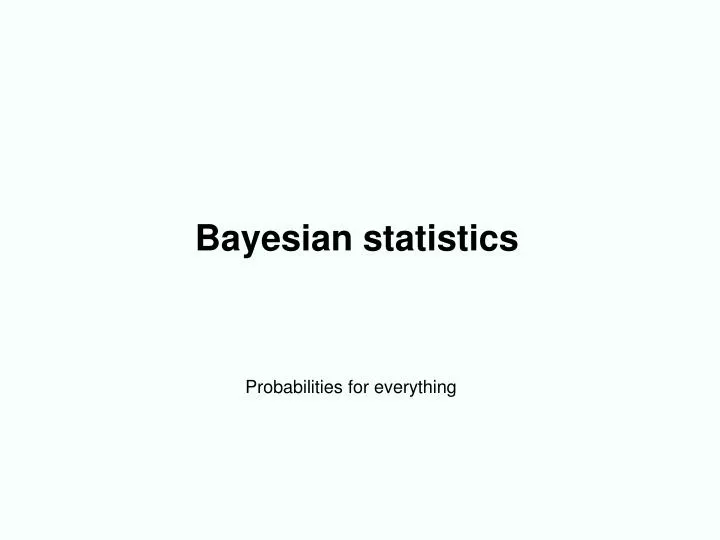


The posterior can also be used for making predictions about future events. The background knowledge is expressed as a prior distribution and combined with observational data in the form of a likelihood function to determine the posterior distribution. If you acquired grimmet and perhaps Schaums outlines probability and statistics (which is basically a bunch of solved exercises), that's enough knowledge to get you on your feet with the vast majority of the theory behind the scikit-learn algorithms or similar.Bayesian statistics is an approach to data analysis based on Bayes’ theorem, where available knowledge about parameters in a statistical model is updated with the information in observed data. Much of the challenge in say the EM algorithm is not it's statistical formulation, but the fact that specific distributions do not necessarily lend themselves to neat solutions. Most of the Bayesian methods you encounter rarely involve much more than Bayes formula - and if you do need to dive deeper anywhere, the kind of knowledge I have laid out above will be sufficient for your foreseeable future. There is no need to go more in depth into stuff like measure theory, or even that much into statistical inference - once you know about t-tests, chi squared tests etc you probably know enough statistical inference. Most of the stats you will need to use is much more on the probability theory end, with lots of distributions cropping up.

Well not necessarily bayesian, but probability and random process by grimmet is a good introduction to most of what you will need in a data science setting.


 0 kommentar(er)
0 kommentar(er)
